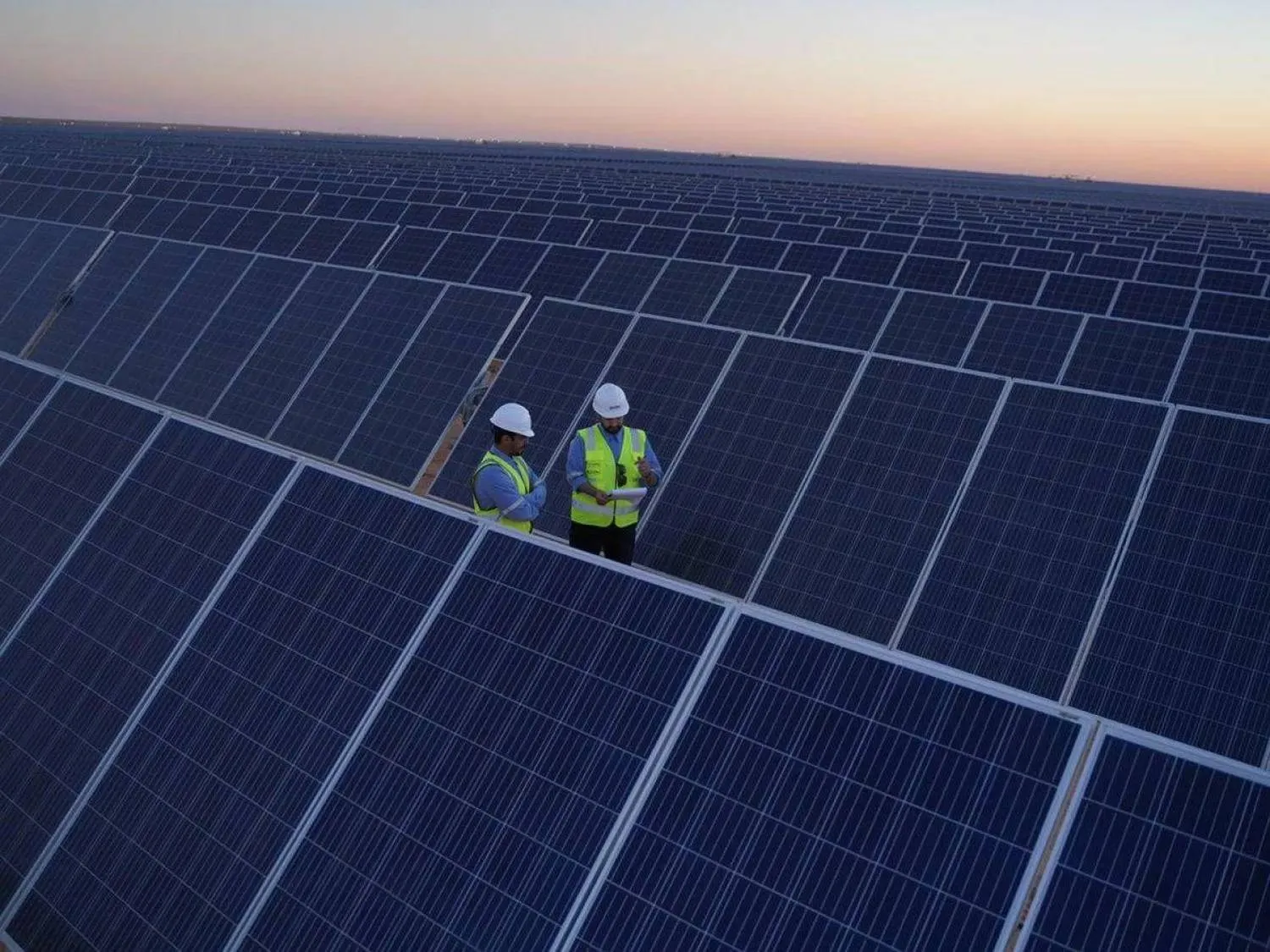Saudi Arabia recorded a sharp rise in inbound visitor spending in the first quarter of 2025, with international tourists spending 49.4 billion riyals ($13.2 billion), up 9.7% from the same period last year, according to the Ministry of Tourism.
The kingdom also posted a surplus of 26.8 billion riyals ($7.14 billion) in its travel account balance, marking an 11.7% year-on-year increase, driven by a surge in tourism activity and government-led initiatives to diversify the economy beyond oil.
The data, published in the central bank’s balance of payments for May, reflects the success of Saudi Arabia’s broader tourism strategy under Vision 2030, which aims to position the kingdom as a global travel destination.
Tourism reforms yield results
The Ministry of Tourism said the strong surplus was the result of continued national efforts to boost tourism’s contribution to economic growth. It added that the figures reflect “clear progress” in the sector’s development.
The rapid growth highlights the effectiveness of reforms across the tourism ecosystem, including improved services, upgraded infrastructure, and enhanced collaboration between public and private stakeholders to meet Vision 2030 targets.
Industry experts say government initiatives launched in recent years are starting to bear fruit, as evidenced by rising international arrivals and spending.
E-visas widen access
Speaking to Asharq Al-Awsat, tourism investor and businessman Majed Al-Hokair said Saudi Arabia’s recent achievements underscore its growing appeal to international visitors.
He credited the introduction of electronic tourist visas for travelers from across the globe with significantly boosting arrivals, allowing visitors to explore the country’s diverse offerings — from historical and cultural sites to leisure and beach destinations.
Al-Hokair added that Saudi Arabia’s tourism appeal spans all seasons, drawing visitors for entertainment, heritage, business travel, and conferences, all of which have generated new job opportunities for Saudis in the sector.
Legal reforms fuel tourism boom
Nasser Al-Ghilan, founder and CEO of Amla Tourism Investment, told Asharq Al-Awsat that regulatory changes have also played a key role in attracting foreign tourists and driving up domestic tourism spending.
He said several new tourism and entertainment projects launched under Vision 2030 helped the kingdom surpass its goal of 100 million visitors in 2023, with new targets now set at 150 million annual visitors by the end of the decade.
Record tourism surplus in 2024
In 2024, Saudi Arabia posted a record 50 billion riyals ($13.3 billion) surplus in its travel account - a 7.8% increase over 2023 - driven by a 13.8% jump in international visitor spending.
Inbound tourism spending rose to 153.6 billion riyals ($40.9 billion) in 2024, compared to 135 billion riyals ($36 billion) the previous year, reflecting the kingdom’s growing status as a global travel hub.









